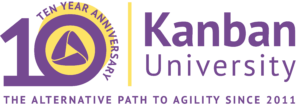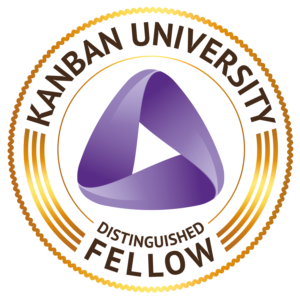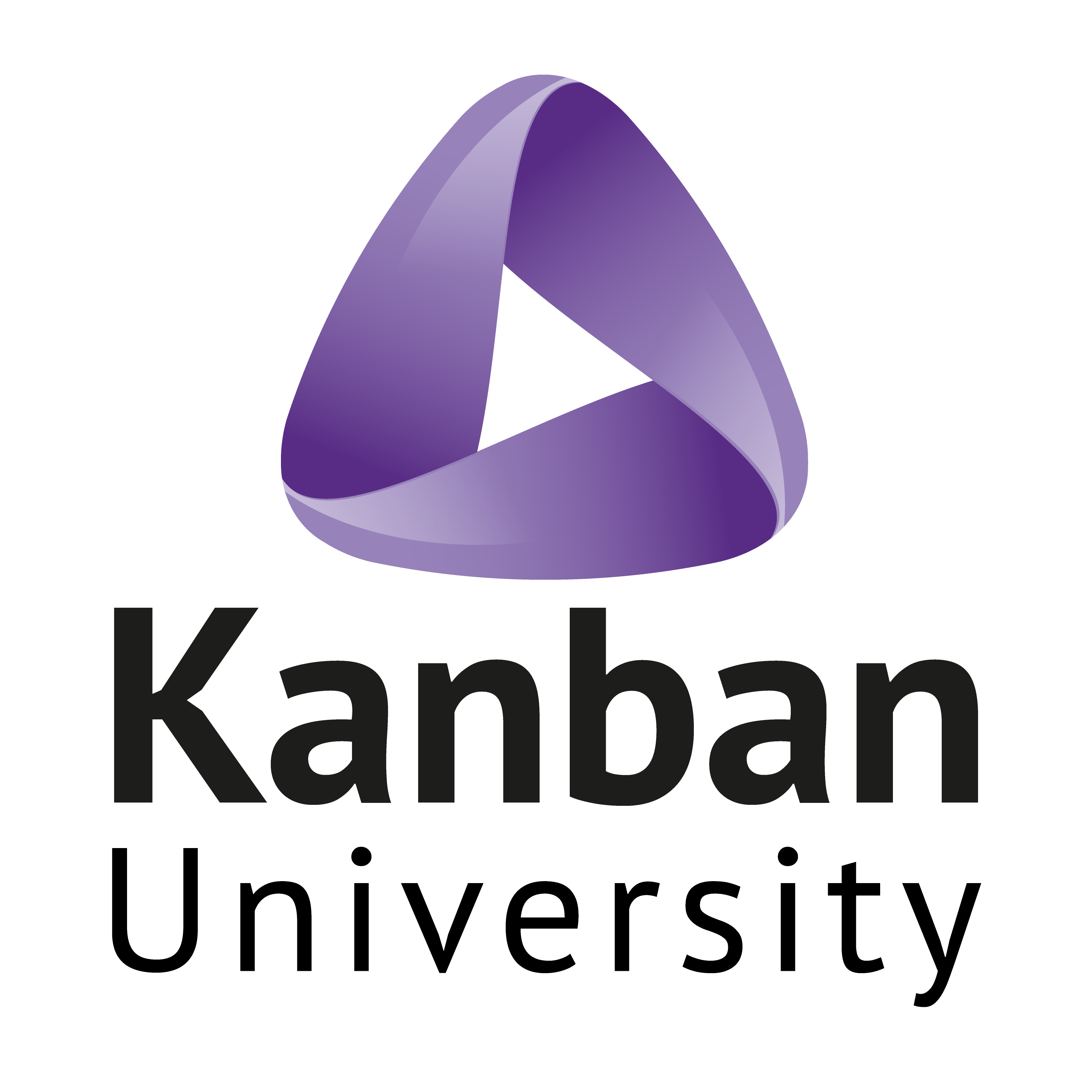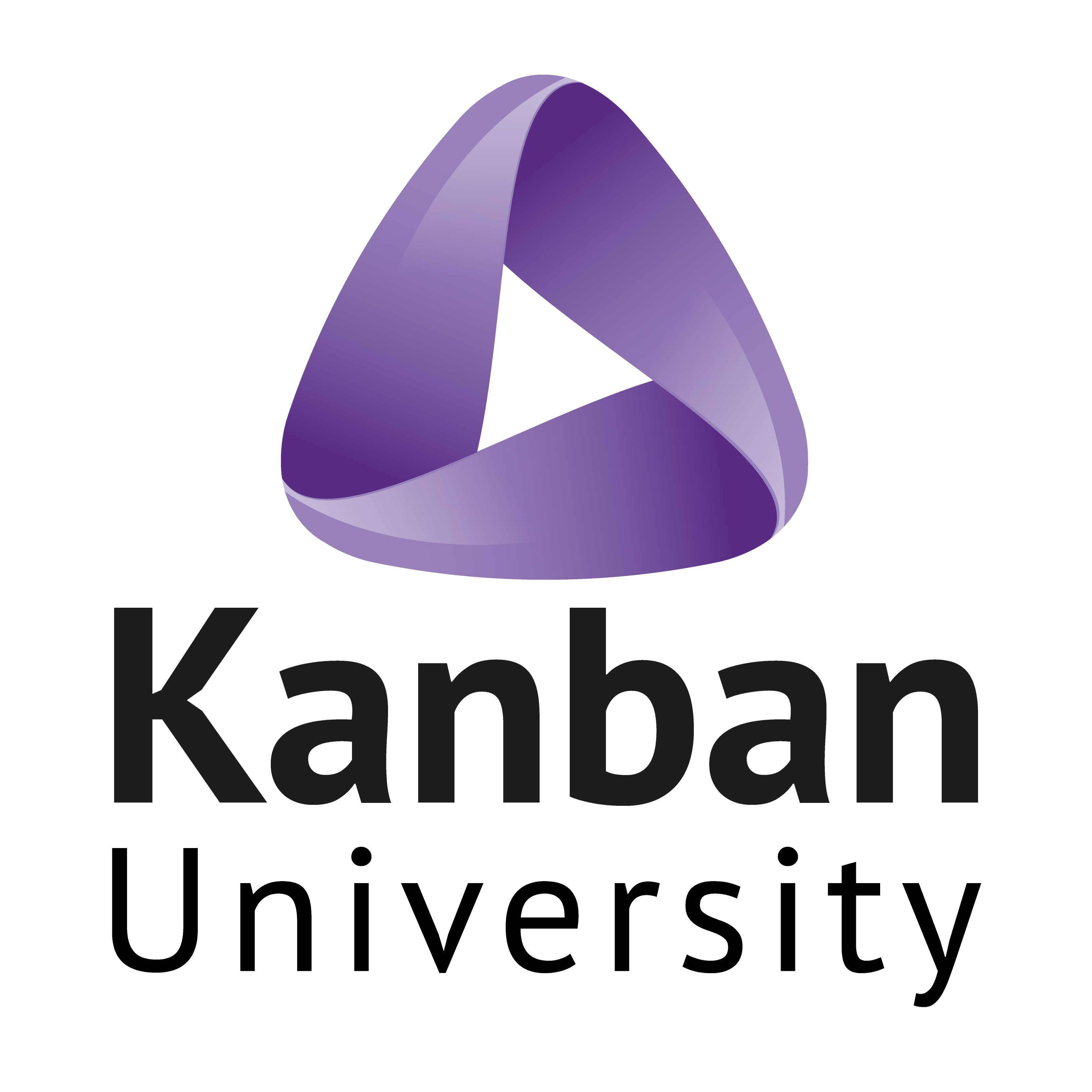
Our Kanban University Distinguished Fellows interviews continue. Teodora and Russell spend a few minutes talking with Kanban University Chairman Todd Little about their involvement in Kanban. Watch their videos below!
“I think that the best effect of the community is the diversity and exchange of experiences and ideas. This helps our entire community grow, think and reflect on what kinds of situations we can see in different organizations and develop better ideas to teach and coach organizations in their improvement journeys.”
Teodora Bozheva






